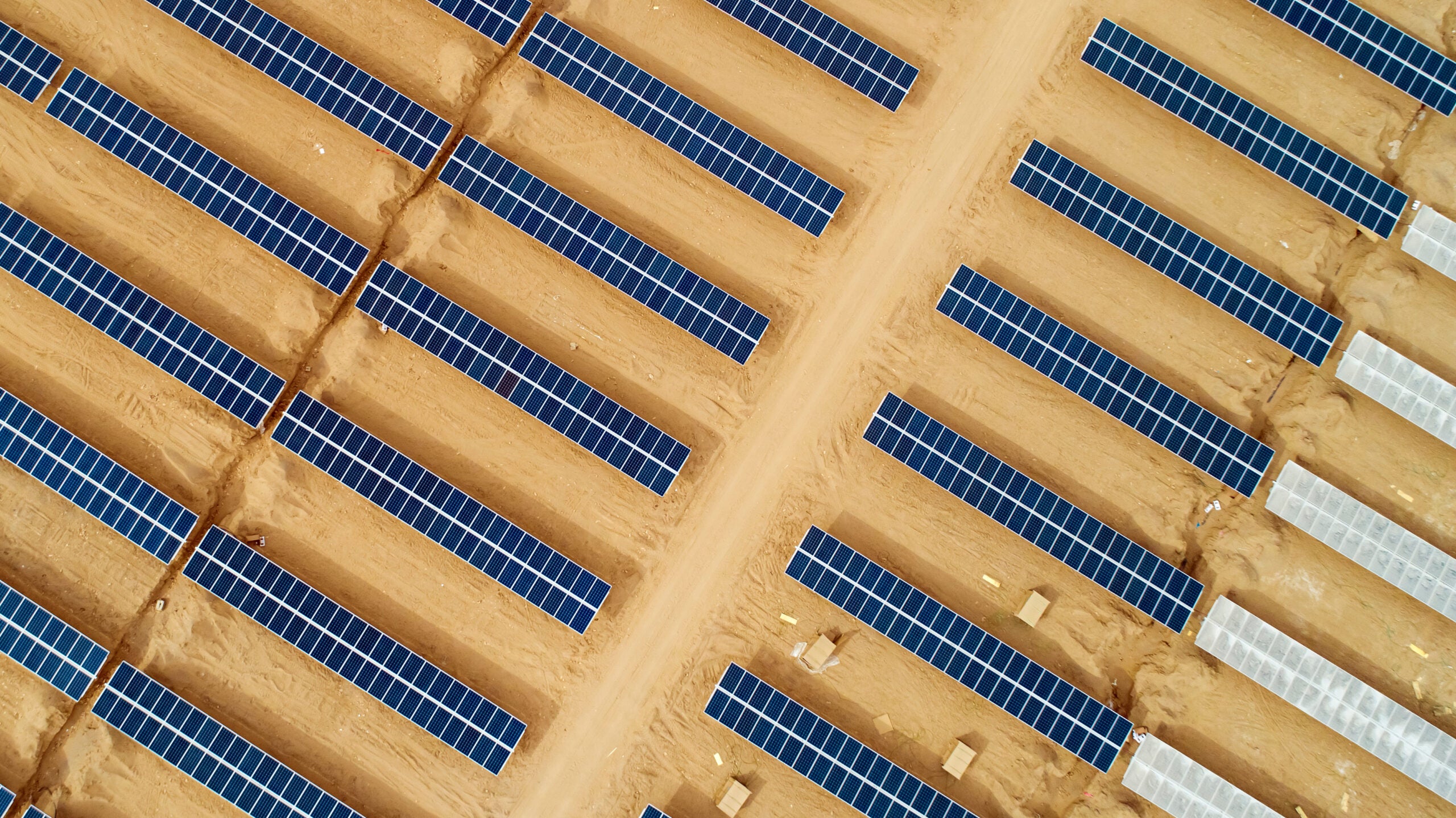GlobalData’s latest report, ‘Saudi Arabia Power Market Outlook to 2030, Update 2021 – Market Trends, Regulations, and Competitive Landscape,’ discusses the power market structure of Saudi Arabia and provides historical and forecast numbers for capacity, generation, and consumption up to 2030. Detailed analysis of the country’s power market regulatory structure, competitive landscape and a list of major power plants are provided. The report also gives a snapshot of the power sector in the country on broad parameters of macroeconomics, supply security, generation infrastructure, transmission and distribution infrastructure, electricity import and export scenario, degree of competition, regulatory scenario and future potential. An analysis of the deals in the country’s power sector is also included in the report.
Thermal power held a share of 99.8% in Saudi Arabia’s generation mix in 2020. This share is expected to decline to 85.9% in 2030. However, thermal power will still dominate the annual generation in the country.
How well do you really know your competitors?
Access the most comprehensive Company Profiles on the market, powered by GlobalData. Save hours of research. Gain competitive edge.

Thank you!
Your download email will arrive shortly
Not ready to buy yet? Download a free sample
We are confident about the unique quality of our Company Profiles. However, we want you to make the most beneficial decision for your business, so we offer a free sample that you can download by submitting the below form
By GlobalDataSaudi Arabia is one of the largest consumers of oil and natural gas for electricity generation. The country has vast reserves of oil and gas and over the last few years, the country has been consuming a growing proportion of the oil and gas that it produces for generating power. In 2020, gas-based generation held a share of 63.1%, whereas oil-based generation held a share of 36.7% in the country’s annual electricity generation.

Due to the availability of low-cost natural gas and oil, Saudi Arabia did not focus much on the development of renewable power sources and hence has been overdependent on gas-fired power plants for electricity generation. However, after 2019, the growth of the renewable power sector has gradually picked up the pace. Renewable energy auctions, which started in the country in 2017, have a major role to play in the development of the sector in the coming years. From a share of 0.2% in Saudi Arabia’s generation mix in 2020, the renewables share is expected to grow to 11.8% in 2030. As the country has high solar irradiation, solar PV has been the focus area within renewables for the government. By 2030, cumulative solar PV capacity in Saudi Arabia is expected to reach 28.6GW, growing from 0.5GW in 2020.
Since 2017, the Saudi Government has been making efforts to diversify its power mix to reduce its dependence on thermal sources for power generation. By 2030, the country plans to derive 50% of its electricity from renewable power sources. The government has launched several programs to promote renewable power sources in the country. This includes the National Renewable Energy Program and the National Industrial Cluster Development Program. However, based on current policies and developments, the adoption of renewable sources is expected to grow at a slower pace than what the government is targeting. The government is planning to increase the cumulative renewable capacity in the country to 27.3GW by 2023. However, it is estimated that the country will only achieve this target by 2029-2030.
The first Covid-19 case in Saudi Arabia was detected in early March 2020. The Saudi Government implemented an early-stage nationwide lockdown which helped to curb the spread of the pandemic in the country. As the country’s economic growth is majorly dependent on oil exports, the GDP of the country fell by 1.8% in 2020 as compared to 2019 as the global demand for oil declined.
With respect to the power sector, the electricity consumption in the country witnessed a sharp decline of 3.6% in 2020 as compared to 2019 as industries and commercial establishments remained temporarily closed during the nationwide lockdown. The spread of pandemics also impacted the electricity interconnection projects in the country. In April 2020, the Egyptian Electricity Transmission Company (EETC) postponed the reception of bids for the construction of the interconnection power line between Egypt and Saudi Arabia, because of the COVID-19 pandemic. Despite the pandemic, the solar PV market in Saudi Arabia witnessed significant growth. In 2020, the country installed 406 MW of new solar PV capacity, a significant growth as compared to capacity additions in 2019 (21.2MW solar PV capacity added in 2019).





